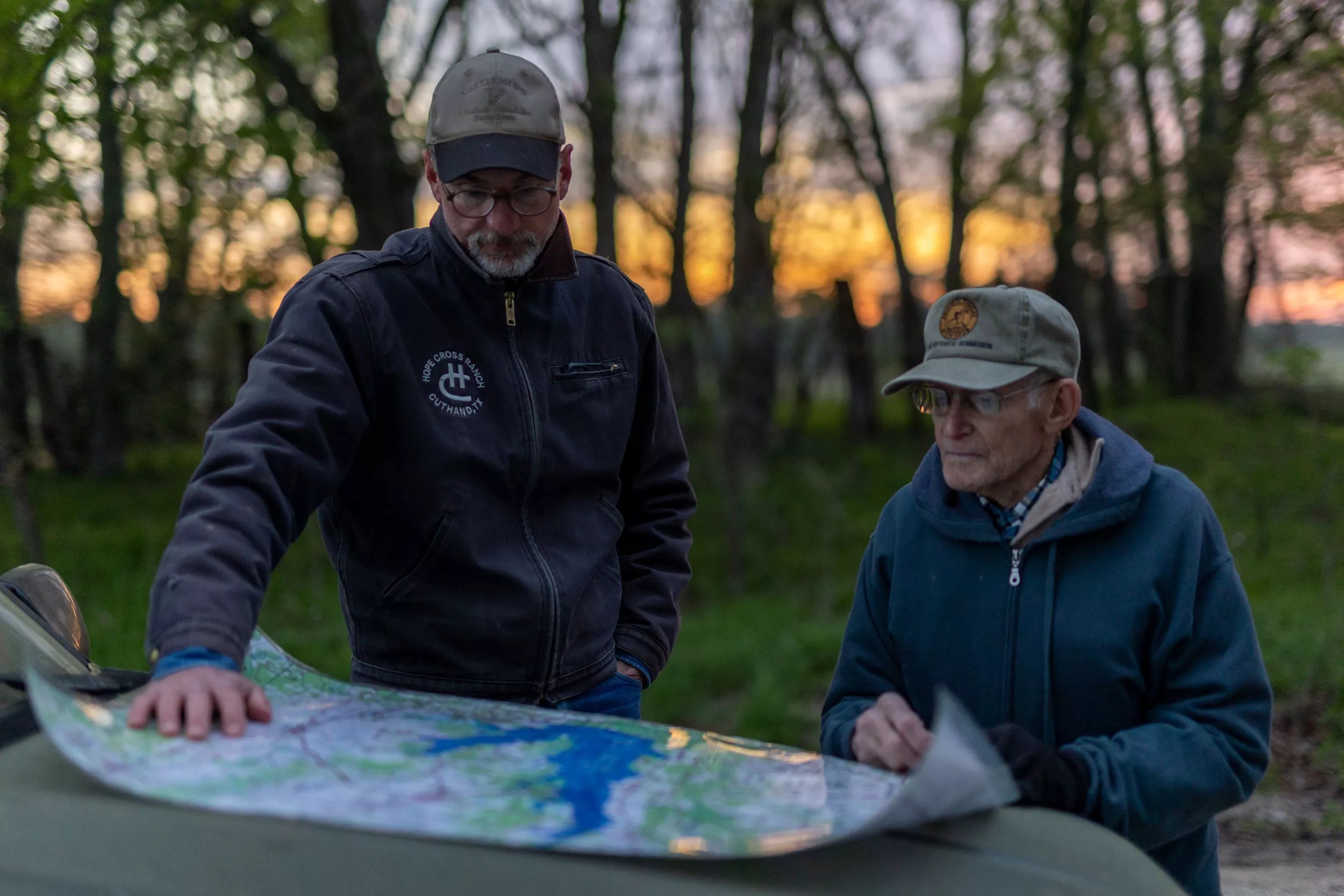
Nathan Hunsinger

Audio By Carbonatix
Opponents of the Marvin Nichols Reservoir were looking to have it removed from the state’s water plan this legislative session. That didn’t happen, but the reservoir foes walked away with a small win when, earlier this month, Gov. Greg Abbott signed House Bill 1, approving the state’s budget. It includes a feasibility study of a reservoir that’s meant to serve Dallas-Fort Worth’s future water needs.
Janice Bezanson, senior policy director for the Texas Conservation Alliance, an advocacy group focused on preserving wildlife, said the study won’t likely end the Marvin Nichols Reservoir, but it could be a helpful nail in the coffin. She and others have been trying to kill this reservoir for decades. They say the reservoir would devastate local economies, schools and wildlife in Northeast Texas, all issues that could be considered in the feasibility study.
The state budget says the study should look into the timeline, associated costs, land acquisitions and the economic impact of the reservoir.
The Marvin Nichols Reservoir would flood at least 65,000 acres of land across Red River and Titus counties, about 135 miles northeast of Dallas. Federal law requires that additional land – known as mitigation – be set aside for wildlife disrupted by the reservoir. No one has offered an exact number, but the estimate is that another 130,000 acres will be taken for mitigation.
WIth DFW’s population headed toward around 14.7 million by 2070, proponents of the reservoir say it will be needed to serve the growing population.
Some Northeast Texans, however, say there are other ways to meet these water needs that should be considered. They say there’s more to be done with conservation of DFW water, water reuse and techniques like desalination that could help meet the demand.
Aside from all of that, though, Bezanson and others say it just doesn’t make sense to build a reservoir that would cause so much destruction to Northeast Texas. This is what she and others hope the feasibility study will show.
“I think it’s a very, very good step in the right direction.” – Jim Marshall, Northeast Texas landowner
The footprint of the reservoir is largely in State Rep. Gary VanDeaver’s district. He initially wanted the study to be added to the Texas Water Development Board sunset bill but it didn’t make the cut. Instead, he was able to get it added to the state’s budget. The study will have to be finished by January 5, 2025, the start of the next legislative session. The findings will be sent to the governor and to the legislative budget board.
“Roughly 66,000 acres of private land would be used to build this reservoir, but at least an additional 130,000 acres of land [would be] taken out of production and out of private hands,” VanDeaver said in April. “This would make the proposed Marvin Nichols Reservoir one of the most expensive public works projects and one of the largest land grabs by eminent domain in Texas history.”
Bezanson said she and others will be providing their input as part of the study. “This isn’t definitive. This isn’t what’s going to ultimately decide this,” she said. “But it’s an important step because it’s an opportunity to shed light on some of the impacts and negative aspects of this reservoir that haven’t gotten the official attention it needs to make an informed decision.”
In the meantime, she said opponents of the reservoir will continue advocating for water conservation, particularly in the area of lawn watering.
For water planning, the state is divided into 16 regions. Every five years, these 16 regions submit water plans to the state. North Texas is in Region C, and Northeast Texas is in Region D. These regional plans help determine the state’s overall water plan. According to The Dallas Morning News, outdoor water use makes up 35% of the state’s total single-family outdoor water use.
“We wind up in a situation where we’re taking people’s productive land and livelihoods and homes away from them so people can water their lawns in the Dallas-Fort Worth area,” Bezanson said. “That’s something we hope will come out in the study.”
She said she wants DFW to have the water it needs but wants the region to use the water efficiently and choose options that have lower impact than building a new reservoir.
Jim Marshall, a children’s physician at the Cooks Children Medical Center in Fort Worth, owns a cattle ranch in Cuthand, Texas, an area the reservoir would cover. He said the future looks bright now that the state will be taking another look at the reservoir. “It appears to me that the entire project is going to have to be looked at with a modern eye,” Marshall said.
He thinks this study will take a more critical look at the potential displacement of people and disruptions to local economies the reservoir could cause. “I think it’s a very, very good step in the right direction,” he said.
“One way or the other, people need water,” Marshall said. “I think if we sit back and reconsider a shallow, destructive lake in light of other things we could do like take it from lakes that exist and desalination and purchasing water from other states, which is another consideration, we might find just a better way to suit everybody’s needs, just like a family sitting around talking through some planning or problem they have. So I think this is a real step forward for everybody in Texas.”